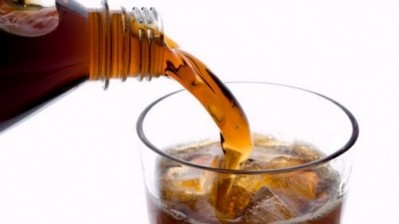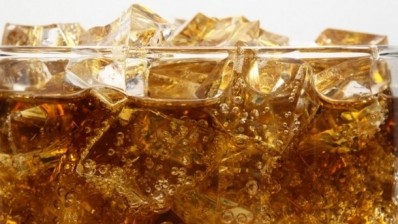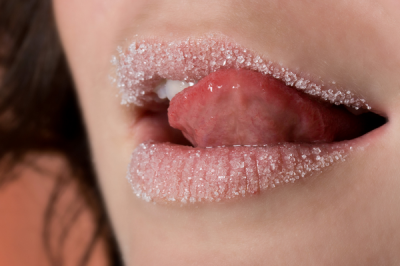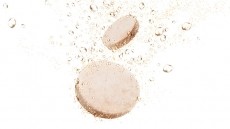STUDY TRACKED 5,500 US GIRLS FROM 1996-2001
Sugar-sweetened drinks linked to earlier period onset in teen girls and thus higher breast cancer risk
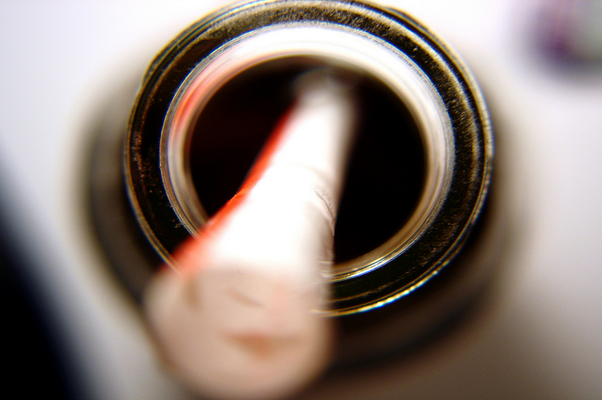
J.L Carwile et al. say their study in the journal Human Reproduction – with contributors from Harvard Medical School, Harvard School of Public Health as well as two institutions in Boston – is the first to look at the relation between sugar-sweetened drinks and the age at which girls have their first periods.
The academics say drinks with added sugar and a higher glycemic index can result in a rapid increase in insulin concentrations. This in turn can lead to higher concentrations of sex hormones, with large alterations in levels thereof linked to earlier period onset.
The scientists followed 5,582 girls aged 9-14 between 1996 and 2001, who took part in the ‘Growing Up Today’ study following 16,875 children of nurses living in all 50 US states; in 1996 none of the girls had started their period; when the study ended all but 3% (159) had begun menstruation.
The researchers found that girls who drank more than 1.5 servings per day of drinks with added sugars had their first period 2.7 months earlier than those who consumed two or less per week – 12.8 years on average versus 13.
The team said this effect was independent of the girls’ body mass index (BMI), height, total food intake and other factors – including exercise, birth weight, race or ethnicity, height, frequency of eating dinner together as a family and family composition – whether a father or step father lived at home.
Research leader, Karin Michels, associate professor at Harvard Medical School in Boston, said her team’s study added to increasing concerns about widespread consumption of sugar-sweetened drinks among children and adolescents in the US and elsewhere.
“The main concern is about childhood obesity, but our study suggests that age of first menstruation…occurred earlier, independently of body mass index, among girls with the highest consumption of drinks sweetened with added sugar,” Michels said.
“These findings are important in the context of earlier puberty onset among girls, which has been observed in developed countries and for which the reason is largely unknown,” she added.
BRITISH SOFT DRINKS ASSOCIATION (BSDA) HITS BACK...
“Neither this study nor the body of science shows that sugar-sweetened beverage consumption causes early onset of menstruation. What the body of science supports is that adolescent girls are reaching puberty earlier than prior generations; however, there is no scientific consensus concerning the cause of this trend.” (BSDA spokesperson, 28/1/15)
US-BASED CORN REFINERS ASSOCIATION ALSO CRITICIZES STUDY
“The issue of early-onset puberty is a complex one and current research suggests that diet and other lifestyle factors may play a factor in early menarche [the first onset of the puberty cycle]. However, studies like this one that attempt to isolate one type of food or ingredient without considering larger factors such as obesity do little to find an answer to this problem.
"While this study attempts to draw a correlation between the consumption of sugar-sweetened beverages (SSBs) and early menarche, it falls far short of showing any real causation. In addition, the study did not fully factor in Body Mass Index (BMI) of the girls that were surveyed. This is a significant confounding problem in this study as childhood obesity is widely seen as a possibly important factor in early menarche," (CRA statement, 30/1/15)
A one-year decrease in the age at which girls begin puberty is associated with a 5% increase in the risk of breast cancer, the academics state, so a 2.7 month decrease in age of onset likely has, in Carwile et al.’s words, “a modest impact on breast cancer risk”.
“The amount of sugar-sweetened beverages consumed by girls in our highest category of consumption, more than 1.5 servings per day, however, is likely low compared with consumption in certain other populations,” they added.
Periodic questionnaires asked the girls about their diet, including how frequently (on average) they drank a serving of different kinds of carbonated drinks (sodas), non-carbonated fruit drinks, and sweetened ice tea.
Diet sodas and fruit juices (with natural sugar) aside – these were not associated with any difference in the age at which girls began periods – all the drinks contained sugar in the form of sucrose, glucose, corn syrup, while colas and iced tea also contained caffeine.
Interestingly, although greater caffeine intake has been linked with earlier period onset in other research, Carwile et al. said total sugar or caffeine intake did not explain their results, and blame added sugar in drinks such as sodas for earlier period onset.
Title: ‘Sugar-sweetened beverage consumption and age at menarche in a prospective study of US girls’
Authors: Carwile, J.L., Willett, W.C., Spiegelman, D., Hertzmark, E., Rich-Edwards, J., Frazier, A.L, Michels, K.B.
Source: Human Reproduction 2015. First published online January 27, doi:10.1093/humrep/deu349
*Beverage & Dairy Treatment 2015: Free Online Event featuring speakers from Zenith International, Refresco Gerber and Meiji. Click here to register for the free online event.

